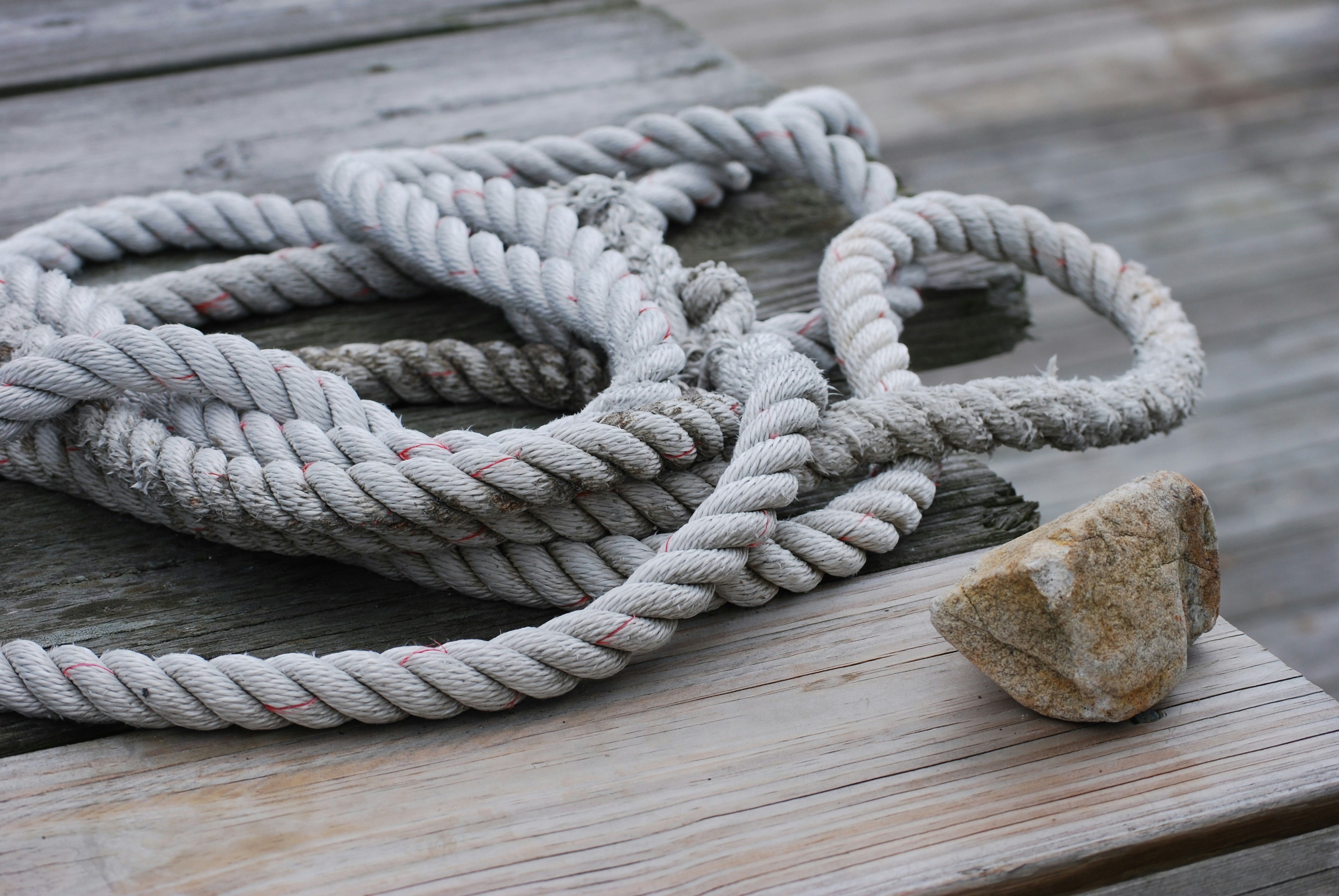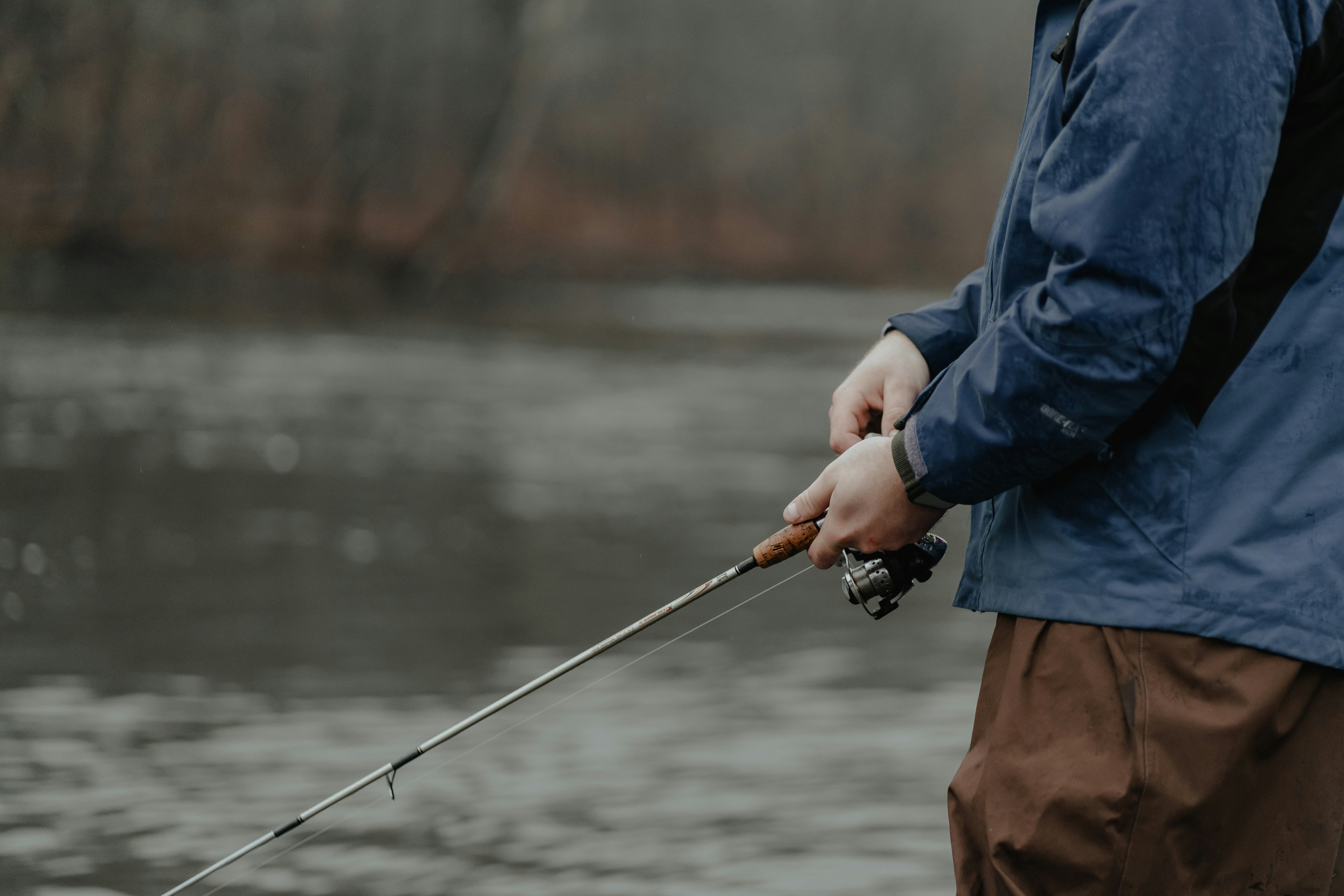The Ultimate Guide to Fishing Knots
Welcome to the most comprehensive fishing knots guide on the internet! Whether you’re a beginner or a seasoned angler, mastering the right knots is essential for success on the water. This guide covers the most popular fishing knots, with step-by-step instructions, usage tips, and real-world examples.

Why Fishing Knots Matter
The right knot can mean the difference between landing your catch and losing it. Strong, reliable knots ensure your line, hook, and lure work together perfectly.
Most Popular Fishing Knots
1. Improved Clinch Knot
The Improved Clinch Knot is a classic and reliable knot favored by anglers for its simplicity and strength. It’s especially popular for attaching hooks, lures, and swivels to the fishing line, making it a go-to choice for freshwater and light saltwater fishing.
- How to Tie: Thread the line through the hook eye, wrap it around the standing line 5-7 times, pass the end through the loop near the eye, then back through the big loop. Moisten and tighten.
- When to Use: Great for securing hooks, lures, or swivels to your line.
- Example: Ideal for trout fishing with light to medium lines.
2. Palomar Knot
The Palomar Knot is known for its exceptional strength and ease of tying, even in low light or with cold hands. It works particularly well with braided lines and is trusted by many bass anglers for its reliability.
- How to Tie: Double about 6 inches of line, pass through the hook eye, tie a loose overhand knot, pass the hook through the loop, moisten, and pull tight.
- When to Use: Excellent for braided lines and strong connections.
- Example: Perfect for bass fishing with braided line.
3. Uni Knot
The Uni Knot is a versatile and easy-to-learn knot that can be used for a variety of purposes, including tying hooks, lures, and joining two lines. Its adaptability makes it a favorite among both freshwater and saltwater anglers.
- How to Tie: Pass the line through the eye, double back, make a loop, wrap the tag end around the double line 6 times, moisten, and pull tight.
- When to Use: Versatile for tying hooks, lures, or joining lines.
- Example: Useful for saltwater rigs and leader connections.
4. Loop Knot (Non-Slip Loop)
The Loop Knot, often called the Non-Slip Loop, is perfect for situations where you want your lure or fly to move naturally and freely. It creates a strong, fixed loop that doesn’t slip, making it ideal for topwater and fly fishing presentations.
- How to Tie: Make an overhand knot, pass the tag end through the hook eye, back through the overhand knot, wrap around the standing line 4-5 times, back through the overhand knot, moisten, and tighten.
- When to Use: When you want your lure to move freely.
- Example: Great for topwater lures and fly fishing.
5. Blood Knot
The Blood Knot is a favorite for joining two lines of similar diameter, especially in fly fishing. It creates a smooth, strong connection that easily passes through rod guides, making it ideal for building leaders and tippets.
- How to Tie: Overlap two lines, wrap one end around the other 5 times, bring the tag end back between the lines, repeat with the other end, moisten, and pull tight.
- When to Use: Best for joining two lines of similar diameter.
- Example: Common in fly fishing for leader-to-tippet connections.
7. Double Uni Knot
The Double Uni Knot is a strong and versatile knot for joining two lines of similar or different diameters. It’s especially popular for connecting braided line to monofilament or fluorocarbon leaders.
- How to Tie: Tie a Uni Knot with each line around the other, then pull both knots together until they snug up.
- When to Use: Joining lines of different materials or diameters.
- Example: Great for saltwater fishing when connecting braid to a leader.
8. Albright Knot
The Albright Knot is designed for joining lines of very different diameters or materials, such as tying a leader to a main line. It’s a favorite for saltwater anglers.
- How to Tie: Make a loop in the heavier line, wrap the lighter line around the loop 10 times, pass the tag end back through the loop, moisten, and tighten.
- When to Use: Connecting heavy leader to lighter main line.
- Example: Ideal for offshore fishing setups.
9. Perfection Loop
The Perfection Loop creates a small, strong loop at the end of a line. It’s popular in fly fishing for attaching leaders and tippets.
- How to Tie: Form a loop, wrap the tag end around the loop, pass a second loop through the first, hold the tag end, and pull tight.
- When to Use: Making a loop at the end of a leader or tippet.
- Example: Used in fly fishing for quick leader changes.
10. FG Knot
The FG Knot is one of the strongest and slimmest knots for connecting braided line to a fluorocarbon or monofilament leader. It’s favored by saltwater anglers for its strength and low profile.
- How to Tie: Weave the braid over and under the leader multiple times, finish with a series of half hitches, and tighten.
- When to Use: Connecting braid to leader for big game fishing.
- Example: Used for targeting large saltwater species.
11. Snell Knot
The Snell Knot is used to attach a hook to a leader or tippet, providing a straight pull and extra strength. It’s popular for bait fishing and with circle hooks.
- How to Tie: Pass the line through the hook eye, wrap it around the shank several times, pass the tag end back through the eye, and tighten.
- When to Use: Attaching hooks for bait rigs.
- Example: Common in catfish and carp fishing.
Knots for Fly Fishing, Freshwater, and Saltwater
Different fishing environments call for different knots. Here’s a breakdown of the best knots for each style:
Fly Fishing Knots
Fly fishing often uses lighter lines and requires knots that are strong yet slim to pass through rod guides easily. Popular fly fishing knots include:
- Surgeon’s Knot: For joining tippet to leader.
- Blood Knot: For smooth leader-to-tippet connections.
- Perfection Loop: For creating loops at the end of leaders.
- Non-Slip Loop Knot: For attaching flies with natural movement.
Freshwater Fishing Knots
Freshwater fishing covers a wide range of species and techniques. Versatile, easy-to-tie knots are preferred:
- Improved Clinch Knot: For hooks, lures, and swivels.
- Palomar Knot: For strong, simple connections.
- Uni Knot: For tying hooks or joining lines.
- Snell Knot: For bait rigs and straight-pull presentations.
Saltwater Fishing Knots
Saltwater fishing demands knots that can handle heavy lines, big fish, and abrasive conditions:
- FG Knot: For connecting braid to heavy leader.
- Albright Knot: For joining lines of different diameters.
- Double Uni Knot: For strong, versatile line-to-line connections.
- Loop Knot: For lures that need free movement.
Choosing the right knot for your environment ensures you get the best performance and reliability from your tackle.
Quick Reference: When to Use Each Knot
Not sure which knot to use? Here’s a quick guide to help you choose the best knot for your fishing situation. Use this reference to match your needs with the most effective knot type:
- Hooks & Lures: Improved Clinch, Palomar, Uni
- Joining Lines: Blood Knot, Surgeon’s Knot, Uni-to-Uni
- Creating Loops: Loop Knot, Perfection Loop
- Braided Line: Palomar, Double Uni

Pro Tips for Tying Fishing Knots
Even the best knot can fail if not tied properly. Follow these expert tips to ensure your knots are strong, secure, and ready for action every time you hit the water:
- Always moisten knots before tightening to reduce friction and prevent line damage.
- Trim tag ends closely, but leave a small amount to prevent slippage.
- Practice at home before heading out to fish.
- Test each knot by pulling firmly before use.
Frequently Asked Questions
-
What is the strongest fishing knot?
The Palomar knot is widely considered one of the strongest and easiest to tie. -
How do I choose the right knot?
Consider your line type, target species, and fishing technique. -
Can I use the same knot for all fishing?
While some knots are versatile, using the best knot for each situation improves your chances of success.
More Resources
- Printable knot charts
- Video tutorials for each knot
- Community tips and user-submitted knot variations
How Line Type and Connection Impact Knot Choice
Choosing the right knot isn’t just about personal preference—it depends on the type of fishing line you’re using and what you’re connecting (line to line, line to lure, etc.). Here’s what you need to know:
Fishing Line Types
- Monofilament: Flexible and stretchy, works well with most knots. Classic knots like the Improved Clinch and Uni Knot are reliable choices.
- Fluorocarbon: Stiffer and more abrasion-resistant, but can be slippery. The Palomar Knot and Double Uni Knot are great for fluorocarbon, as they grip well and maintain strength.
- Braided Line: Very strong and thin, but slippery. Use knots like the Palomar, Double Uni, or FG Knot for best results. Always ensure knots are snugged down tightly.
What Are You Connecting?
- Line to Hook/Lure/Swivel: Use knots designed for terminal connections, such as the Improved Clinch, Palomar, or Snell Knot.
- Line to Line (Joining Two Lines): Choose knots that create strong, smooth connections, like the Blood Knot, Double Uni Knot, or Albright Knot. Match the knot to the line types and diameters.
- Line to Leader: For connecting main line to a leader (especially braid to mono/fluoro), the FG Knot or Albright Knot are top choices for strength and slimness.
- Creating Loops: Use the Perfection Loop or Non-Slip Loop Knot when you need a loop at the end of your line for attaching leaders or lures.
Practical Tips
- Always match your knot to both your line type and your fishing situation.
- Test your knots before fishing—some knots work better with certain lines or under specific conditions.
- If in doubt, consult our Quick Reference section or glossary for guidance!
Glossary of Fishing Knot Terms
Tag End: The free end of the line used to tie a knot.
Standing Line: The main part of the line that is not being used to tie the knot.
Loop: A curve in the line that crosses itself, often used in knot tying.
Bight: A section of line that is folded back on itself without crossing.
Overhand Knot: A simple knot made by forming a loop and passing the tag end through it.
Eye (of Hook): The hole at the end of a hook or lure where the line is attached.
Swivel: A small device used to prevent line twisting, often attached with a knot.
Leader: A length of line attached between the main line and the hook or lure, often stronger or more abrasion-resistant.
Tippet: The final, thin section of leader in fly fishing, where the fly is tied.
Breaking Strength: The amount of force a knot or line can withstand before breaking.
Braided Line: A type of fishing line made from several strands woven together, known for strength and low stretch.
Monofilament: A single-strand fishing line, popular for its versatility and stretch.
Fluorocarbon: A type of fishing line known for low visibility underwater and abrasion resistance.
Snug Down: The process of tightening a knot by pulling on the standing line and tag end.
Splice: Joining two lines together, often with a knot or special technique.
Slip Knot: A knot that tightens when pulled.
Non-Slip Knot: A knot that maintains a fixed loop and does not tighten under pressure.
Refer to this glossary whenever you encounter unfamiliar terms in our guides!
Ready to master your fishing knots? Explore our step-by-step guides, watch our videos, and join the Knots All community for the latest tips and updates!